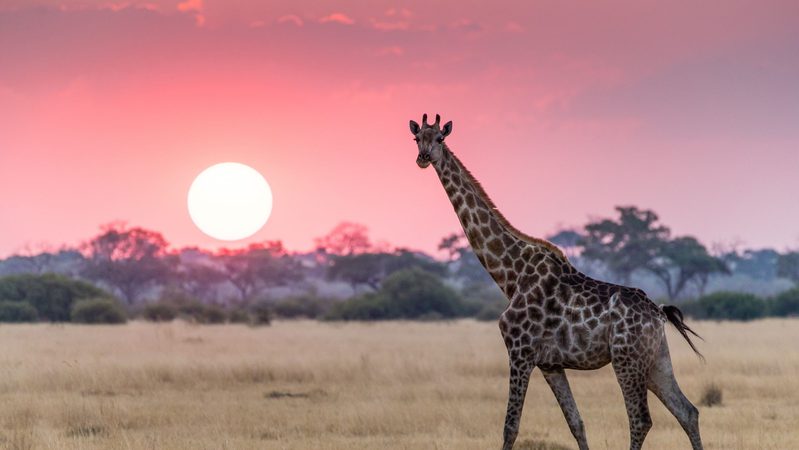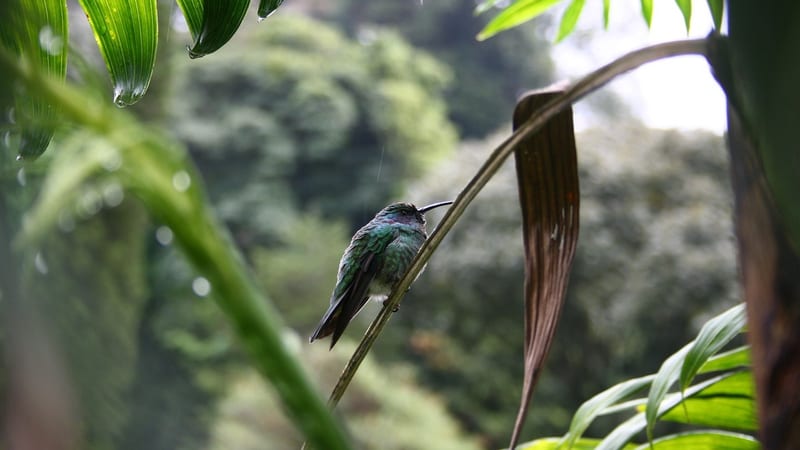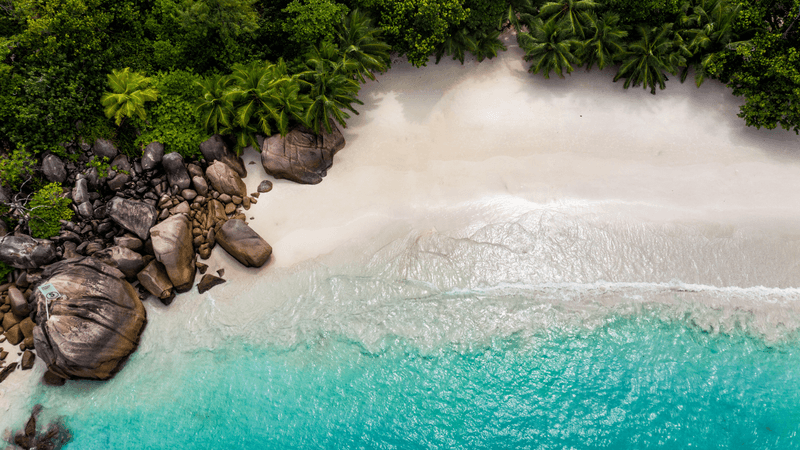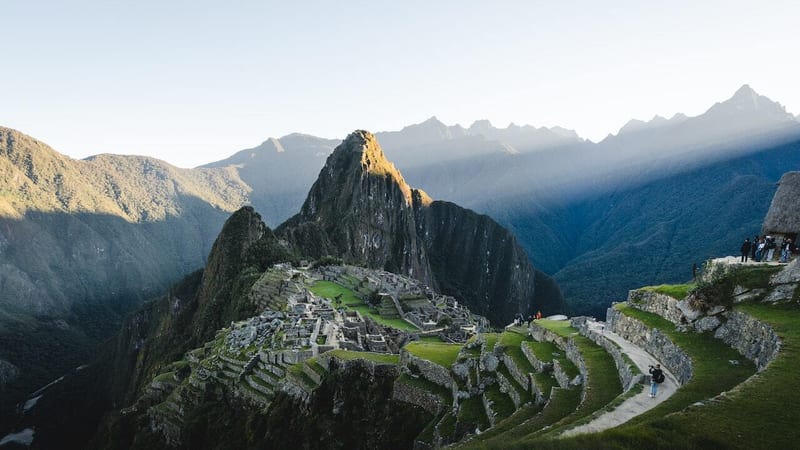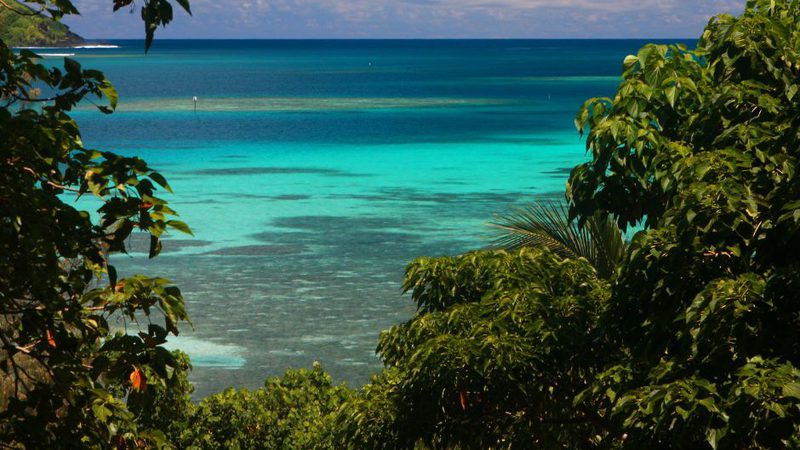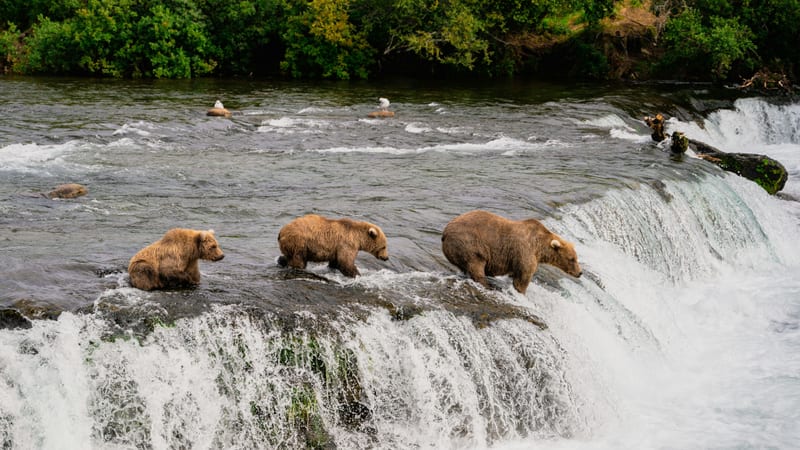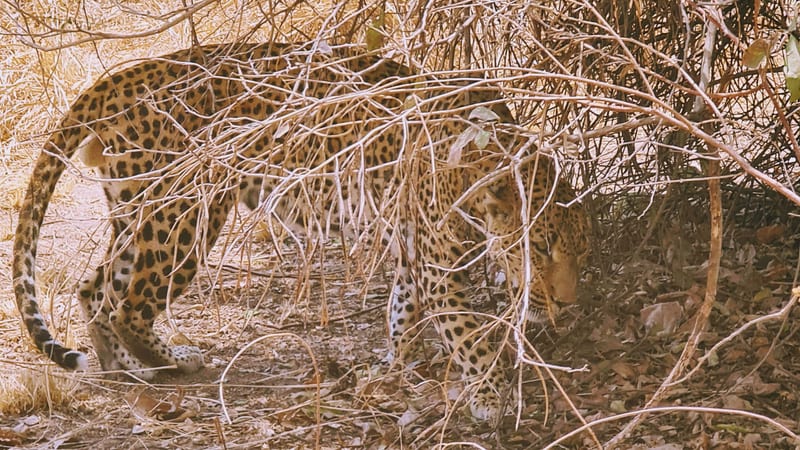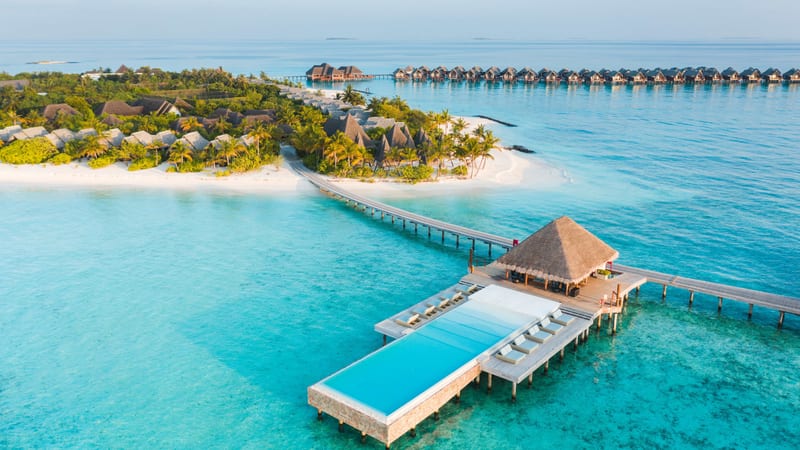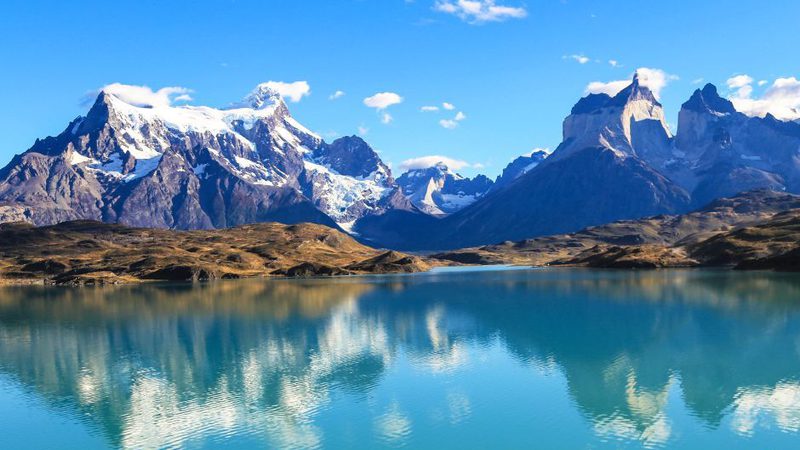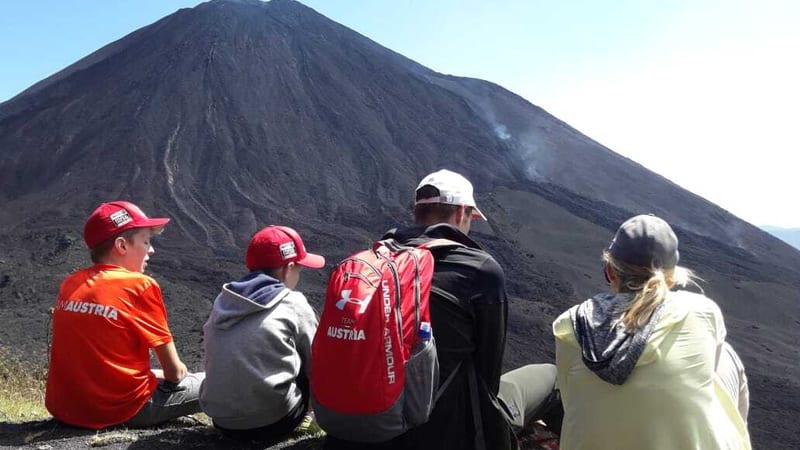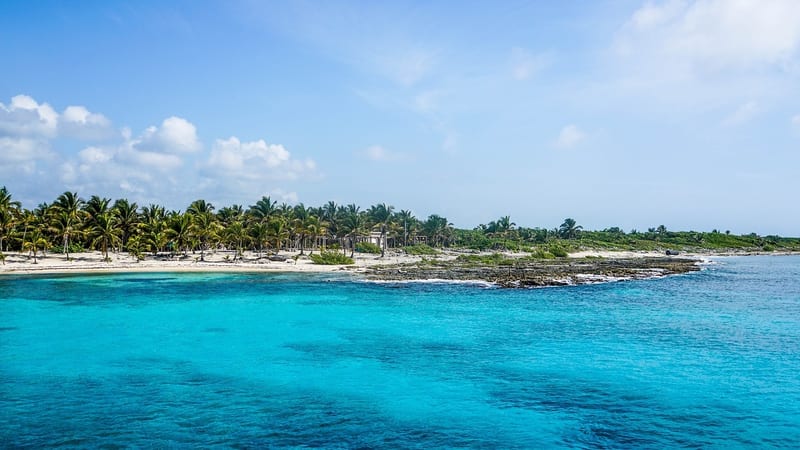A month-by-month guide of when to visit Arctic
Discover the best time to visit the Arctic with this month-by-month guide, covering weather conditions, wildlife encounters, northern lights, and top seasonal activities.
The Arctic is a destination of extremes, where the landscape transforms dramatically with the seasons. Deciding when to visit depends on what you want to experience—whether it’s the midnight sun, the northern lights, or the region’s incredible wildlife.
The peak travel season runs from June to August when temperatures are at their mildest, sea ice has melted enough for easier access, and wildlife such as polar bears, walruses, and whales are more visible. This is also the best time for cruising through the Arctic waters, with expedition ships navigating fjords and glaciers under nearly 24-hour daylight. The summer months offer incredible opportunities for hiking, kayaking, and birdwatching in places like Svalbard, Greenland, and the Canadian Arctic.
From September onwards, temperatures drop, and the days become shorter, leading into the long Arctic winter. While much of the region becomes inaccessible, those who venture north between November and March have the best chance of witnessing the northern lights dancing across the sky. This is also the time for unique winter activities such as dog sledding, snowmobiling, and staying in ice hotels in destinations like Lapland.
Spring, from March to May, marks a transitional period when the Arctic begins to awaken from its deep winter freeze. The days gradually lengthen, and wildlife becomes more active. This is an excellent time for those hoping to see a mix of winter and early summer landscapes, with snow-covered tundras giving way to emerging greenery.
Whether you’re looking for endless daylight to explore the Arctic’s remote wilderness or hoping to catch the aurora borealis in the depths of winter, planning your visit according to the season will shape your experience in this ever-changing region.
Arctic Trip Inspiration
Speak to a Arctic expert today.
Start planning your Arctic holiday.

Alistair
Travel Expert

January & February
The Arctic is locked in deep winter, with temperatures often plummeting below -30°C (-22°F). Despite the cold, these months are ideal for witnessing the northern lights due to long, dark nights. Activities like dog sledding, snowmobiling, and ice fishing are popular in regions like Lapland and northern Canada. Wildlife sightings are limited, but you may spot Arctic foxes or reindeer. Travelers should be prepared for extreme cold and limited daylight, but the ethereal beauty of the Arctic winter is truly unforgettable.
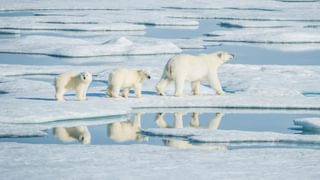
March & April
As the Arctic begins to transition from winter to spring, daylight hours increase, providing more opportunities for outdoor activities. Temperatures remain low, but the return of the sun brings a magical quality to the snow-covered landscapes. This is an excellent time for skiing, snowshoeing, and continued aurora viewing. Wildlife becomes more active, with polar bears emerging from their dens with cubs, making it a prime time for wildlife photography. The ice is still thick enough for safe travel, making this period ideal for exploration.

May
May marks the beginning of the Arctic thaw, with temperatures rising and snow starting to melt. The increased daylight brings the midnight sun in some regions, allowing 24-hour exploration. It’s a great time for spotting migrating birds and marine life as the sea ice breaks up. Svalbard and Greenland become more accessible, offering early-season cruises and the chance to see polar bears hunting on the remaining ice.

June & July
June and July are peak months for Arctic travel, with temperatures reaching a relatively mild 0°C to 10°C (32°F to 50°F). The midnight sun bathes the region in constant daylight, making it perfect for hiking, kayaking, and cruising through ice fjords. Wildlife is abundant, with opportunities to see polar bears, walruses, and whales. These months are also ideal for exploring Greenland’s icebergs and the diverse landscapes of the Canadian Arctic Archipelago.

August
August offers the tail end of the Arctic summer, with temperatures starting to cool but still pleasant for outdoor activities. The melting sea ice opens up northern routes for expedition cruises, including the Northwest Passage. It’s a great time for birdwatching as migratory species prepare for their journey south. As the month progresses, the first hints of autumn colour begin to appear, providing a unique backdrop for photography.
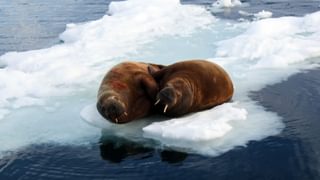
September
The Arctic transitions into autumn, with temperatures dropping and daylight hours decreasing. Early in the month, you may still enjoy mild conditions for hiking and cruising, but by the end of September, the first snowfalls may occur. The northern lights make their return as nights grow longer, and wildlife sightings remain good, with polar bears and marine mammals preparing for the winter.
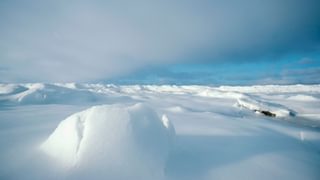
October & November
These months bring the onset of the Arctic winter, with rapidly declining temperatures and daylight. Many areas become inaccessible due to sea ice formation. However, October and November offer excellent conditions for northern lights viewing, as the skies are often clear and dark. Wildlife retreats, and human activity slows, but the serene, frozen landscapes offer a stark beauty for those willing to brave the cold.

December
December in the Arctic is marked by polar night, where the sun doesn’t rise above the horizon. Despite the darkness, the long nights provide ample opportunity for aurora borealis sightings. Winter activities like dog sledding, ice fishing, and visiting ice hotels in Lapland are popular during this festive season. The holiday period also brings unique cultural experiences, from traditional Sami celebrations to Christmas markets in Arctic towns.

